Drainage is capturing all of the water coming from above and around and below your home that may affect the structure. People may not know this, but there are different types of drainage systems and problems that may need to be addressed.
The first is what we refer to as surface drainage, which is basically anything not underground. You need to capture the roof water to go through your downspouts. This also includes any water gathering on surfaces like patios, walkways, or driveways, posing a risk to your structure that must be channeled away from your building.
The second aspect of drainage, which is often more complex and insidious, is the subterranean (or underground) water. This water is handled by french drains, which are deep drainage systems backfilled by gravel below the elevations of your affected areas in your crawl spaces or basements.
Without proper drainage, your home is at risk of settling, leading to foundation deterioration and interior damage. In the Bay Area, a significant number of homes are built on sloped properties, and there is substantial subterranean water which can be exaggerated by underground creeks, streams, water directed from utility piping, trees, and any other penetrations in the ground that can channel water to your home. This issue is heightened in sloped homes but can impact level properties as well.
In either scenario, homes can be affected by rising water tables that occur through the course of a rainy season. Various factors, including atmospheric rivers, large-scale rain events, adjacent property work, utility projects, and your property’s location in relation to others, influence your drainage needs. The direction of rain events, whether from the north or south, also plays a role.
Most older homes either have no french drains or older, clogged up clay systems that don’t work, causing flooding or damage to basements or crawl spaces. To safeguard your home from these risks, investing in modern drainage solutions is essential.
For comprehensive drainage, we need to address both surface and underground water. We do it in the following steps:
First, we address the surface water:
Second, is addressing underground water. This is a more difficult and complex endeavor. It goes as follows:
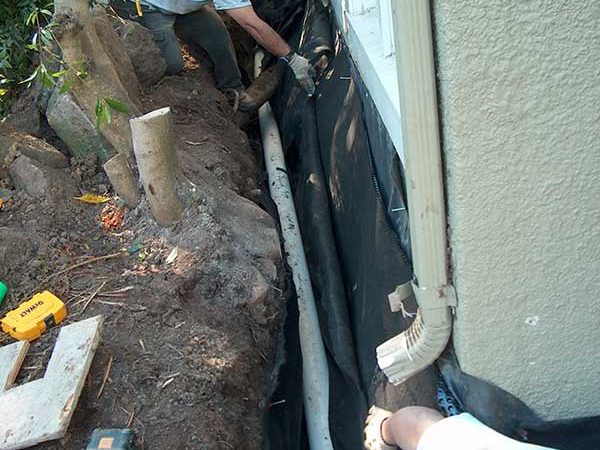
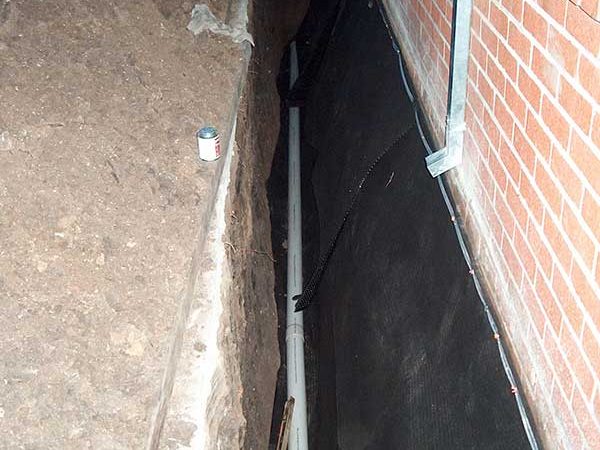
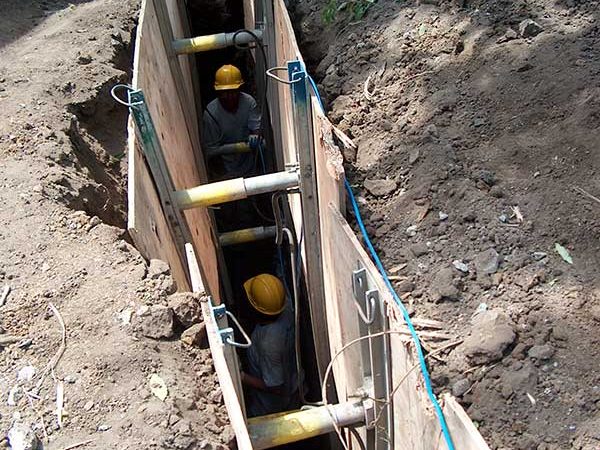
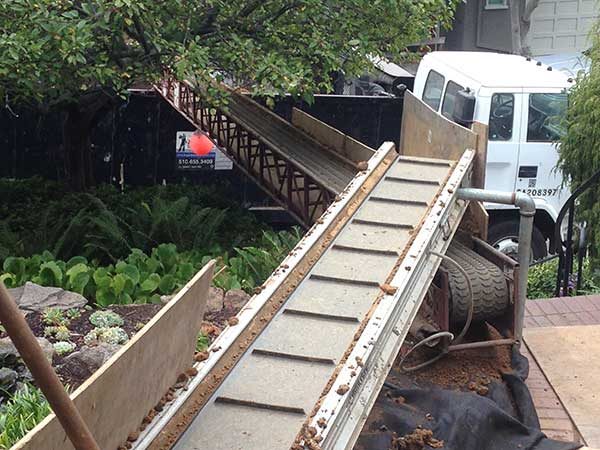
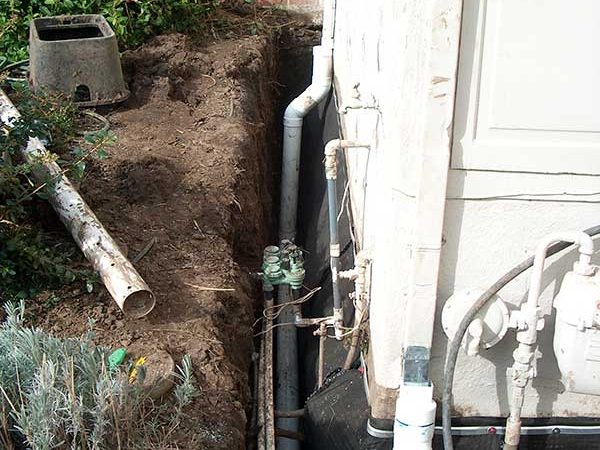
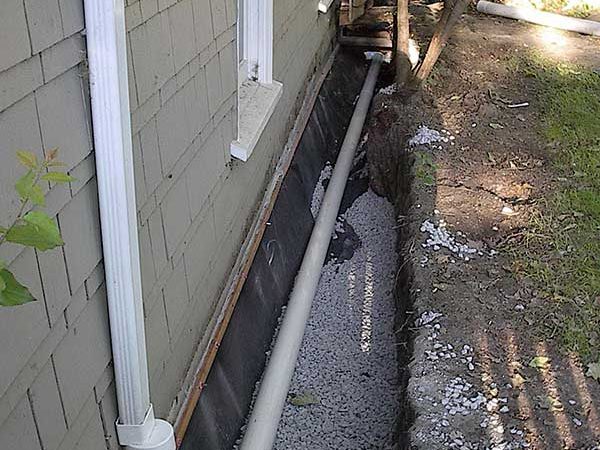
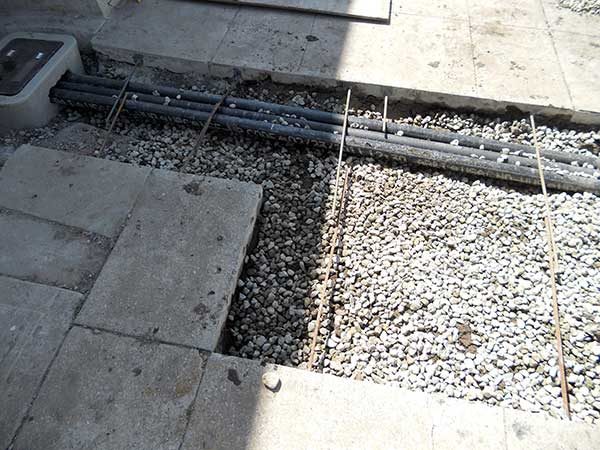
Piedmont, Oakland, Alameda, El Cerrito, and Berkeley